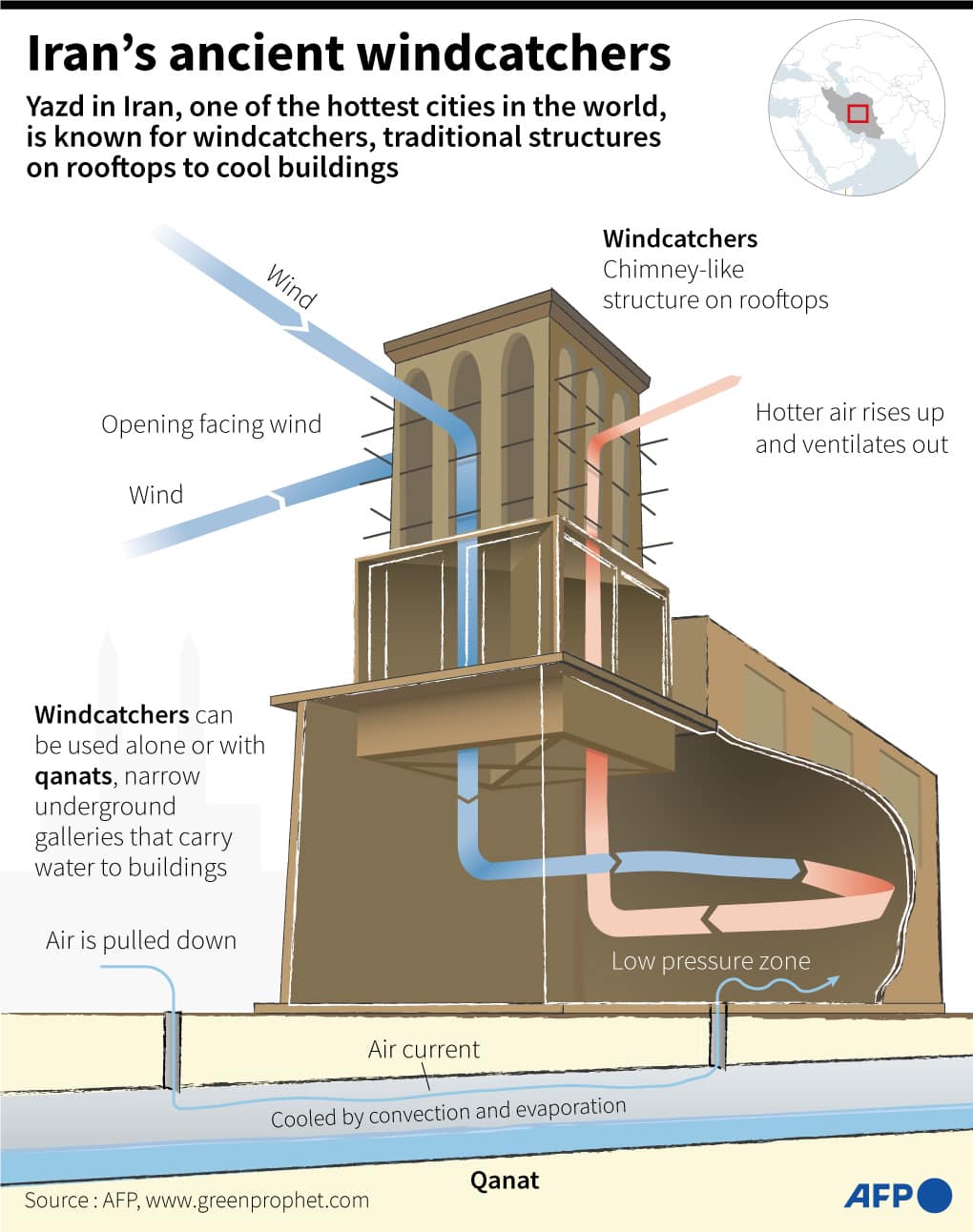this post was submitted on 24 Jul 2023
1917 points (98.6% liked)
Mildly Interesting
17815 readers
728 users here now
This is for strictly mildly interesting material. If it's too interesting, it doesn't belong. If it's not interesting, it doesn't belong.
This is obviously an objective criteria, so the mods are always right. Or maybe mildly right? Ahh.. what do we know?
Just post some stuff and don't spam.
founded 2 years ago
MODERATORS
you are viewing a single comment's thread
view the rest of the comments
view the rest of the comments

The water does not perform work in this instance.
I do not think you're trying to say the water "does work" in the physics sense, but to clarify, the water is just a large heat sink that has a much higher heat capacity than air. You can heat the water with air (which in turn cools the air), and that water can hold MANY times the heat (per unit mass) that the air can. Water also has a higher thermal conductivity than air. Allowing it to absorb and pass heat very well. This water is in the ground which also acts as a massive heatsink.
The air passes heat to the water which then passes the heat to the ground effectively cooling your air feed. A quick look online says current soil temp in Iran 21 inches deep is 35C or 95 F. That is your lower temperature limit. It's physically impossible to become colder than the soil temperature (in this instance, as that is your lower temperature bound for heat transfer, in reality you wont even get there, because your driving force for heat flow is gone at that point) without putting in mechanical work (which is what a compressor does in your air conditioner) to compress your cooling fluid so that it may be evaporated repeatedly to exploit the tranfer of heat into an evaporating substance
Why only 21 inches? Soil temps aren't stable until like 6 feet down, and then it's closer to 12 C.
That is the deepest depth I could find being actively tracked on the website I ended up on. I did not wanna do a deep dive into "great" average soil temp data lol. If you have a good source of data I will gladly change my comment to include the updated numbers. I wanted to say the average soil temperature at depth is ~50-55 degrees F, but I hopped online to make sure that was not a number that I know to be true due to where I live. Good to know that its roughly 6 feet where it stabilizes
If you go down deep enough the earth temperature is stable at 12 C. But I'm pretty sure that's like thousands of feet down. Geothermal rigs drill 500+ meters (1600 feet) down. Having a hard time finding a source on the stable earth temp though.
I mentioned 6 feet because it's well below the frost line where I am, but I guess in that part of Iran they probably don't have to worry about that.
Mostly I was just wondering if you had found something on how deep those waterways were actually built.
Yeah thats exactly the issue I ran into. I started googling stable soil temp to confirm what I thought, and rapidly ran into a lack of answers lol. Any data I could find for free on websites didn't seem to go very deep.
In terms of depth of the Qanats, yeah I was wondering the same. Without any modern tools I'm not sure how deep they would be willing to dig out (although I bet it's easy digging in Iran, likely sand/dry dirt vs. clay and sopping wet boggy soil).
I am at work but I'll see if I can dredge up info on Qanat depth